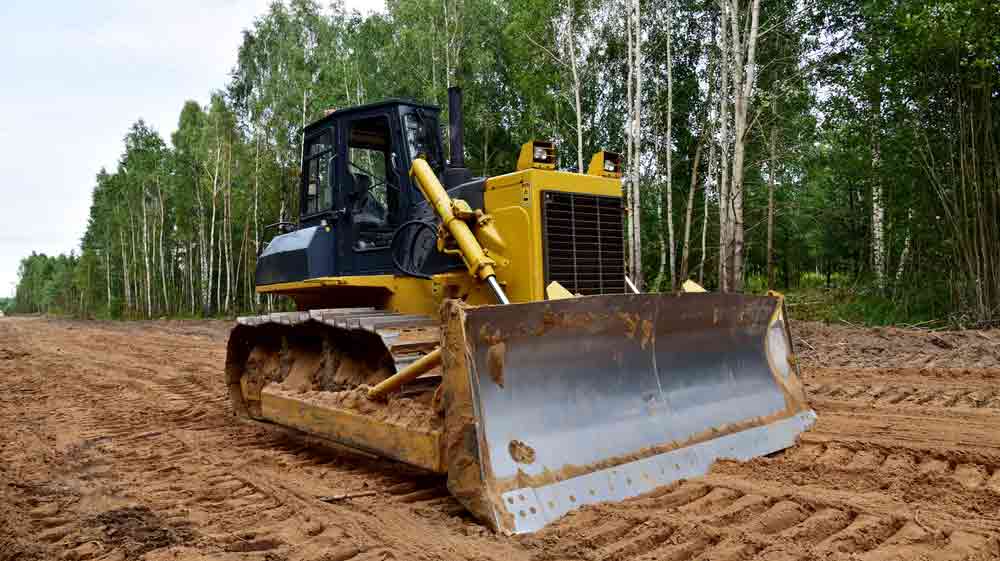Whether it’s for construction, agriculture or just general maintenance, land clearing can transform a densely vegetated area into a clear space. But when is this process truly necessary and what does it entail? In this blog, we’ll shed light on land clearing and the critical circumstances under which it becomes indispensable for both development and environmental management.

Land clearing is more than just cutting down trees and removing bushes. It’s a comprehensive process that involves various methods like slashing, mowing, cutting and pruning to transform an overgrown or forested area into a usable piece of land. This process can be necessary for various reasons, from construction projects to reducing bushfire risks.
Professionals use specialised equipment like 6-tonne excavators with mulching heads, flail mowers, 18-inch woodchippers and chainsaws. This equipment ensures the land is cleared efficiently and safely.
In New South Wales, land clearing comes with strict regulations to protect the environment. Professionals ensure that these rules are adhered to, thus safeguarding the local ecosystem.
Land clearing is often a prerequisite for several key activities, including:
Professionals follow a methodical approach to ensure careful planning and execution:
Before any physical work begins, a thorough assessment of the land is necessary to determine the scope and method of clearing.
Using the appropriate machinery, vegetation is cleared and debris is removed or processed.
Responsible disposal of cleared vegetation is crucial, often involving recycling or repurposing materials like woodchips.
Responsible land clearing strikes a balance between development and environmental protection, a task that requires meticulous planning and execution. It’s not just about making space for new projects; it’s about respecting and preserving the natural world even as we change it.
It involves careful consideration of wildlife habitats, soil integrity and water sources, ensuring that the cleared land can support future development without depleting its natural value. By prioritising these aspects, land clearing can be conducted in a way that meets our needs while protecting the environment.
Attempting to clear land on your own can be a risky endeavour. This task involves a complex understanding of the local ecosystem, soil stability and potential hazards. Without professional expertise, you might inadvertently damage the land, leading to soil erosion and harm to wildlife habitats.
Moreover, the use of heavy machinery, which is often essential for efficient land clearing, poses significant safety risks. These machines require specialised training to operate. In essence, while DIY land clearing might seem cost-effective initially, it can lead to costly mistakes, both financially and environmentally. It’s a task best left to professionals who can ensure the job is done safely, responsibly and in compliance with all local regulations.
Land clearing is a complex but necessary process for various development and maintenance activities. It requires professional expertise, proper equipment and a commitment to environmental responsibility. If you’re considering land clearing for your property, it’s important to rely on professionals who understand the intricacies of the task. Contact us at All Tree Solutions for your land clearing needs on the Central Coast.